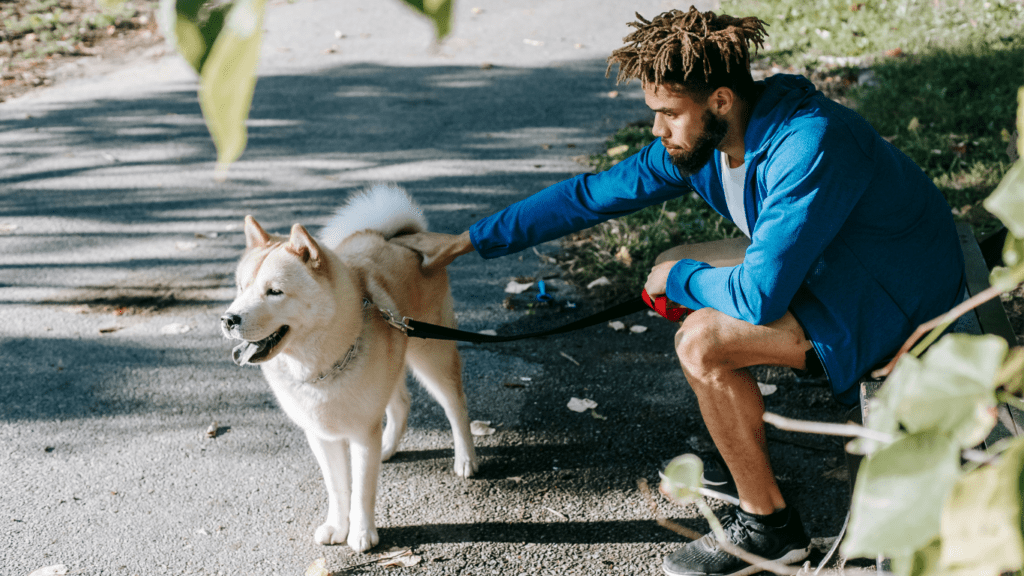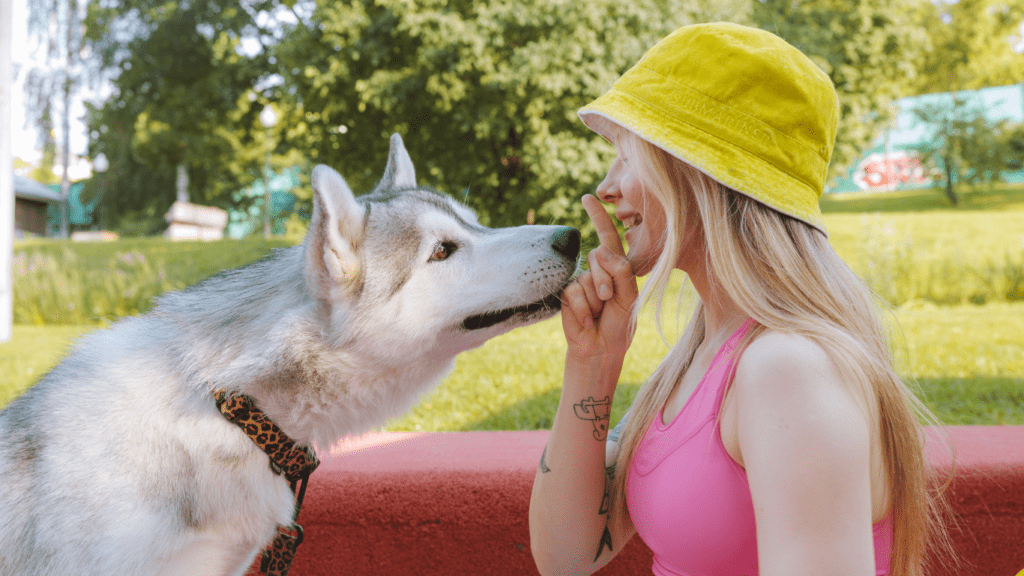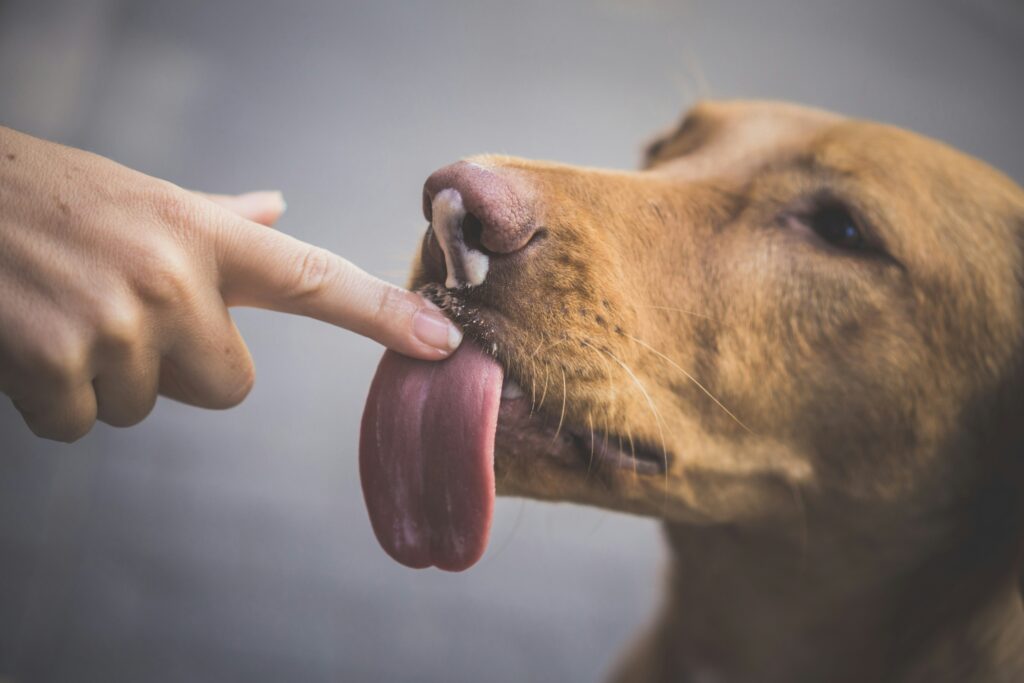Why Basic Commands Matter
Basic commands form the foundation of effective dog training. These essential skills ensure not only the safety of the dog but also the peace of mind of the owner. Commands like “sit,” “stay,” and “come” aid in managing a dog’s behavior in various scenarios.
- Enhances Safety
When dogs respond to commands like “stay” or “come,” it significantly reduces the risk of accidents. For example, a dog that obeys “stay” is less likely to dash into traffic. Commands can prevent dangerous encounters with other animals or hazardous situations. - Improves Communication
Understanding and following basic commands foster better communication between the dog and the owner. Clear communication leads to a more enjoyable and less stressful relationship. For instance, a dog that understands “sit” will more calmly interact in a variety of settings. - Encourages Socialization
Proper training helps dogs behave appropriately in social situations. A well-trained dog is more likely to be welcomed in public spaces and social gatherings. Social commands like “greet” or “leave it” can prevent unwanted behaviors when meeting new people or animals. - Builds Confidence
Basic commands boost a dog’s confidence. When dogs know what’s expected of them, they tend to feel more secure and less anxious. This confidence translates to better behavior in unfamiliar environments, reducing stress for both the dog and the owner. - Strengthens Bond
Training sessions create opportunities for dogs and owners to bond. Positive reinforcement during training builds trust and enhances the emotional connection. The regular practice of commands can reinforce the relationship, making daily interactions smoother and more enjoyable.
Basic commands are pivotal in shaping a dog’s behavior, ensuring safety, improving communication, promoting socialization, building confidence, and strengthening the bond between the dog and its owner.
Essential Commands to Teach

Teaching essential commands plays a pivotal role in ensuring a dog’s well-being and fostering a strong owner-dog relationship. The following commands form the core of basic dog training.
Sit
The “sit” command lays the groundwork for more advanced training. Begin this training in a calm environment. Hold a treat close to the dog’s nose, then move your hand up, causing the dog to follow the treat and sit naturally. Once the dog sits, say “sit,” give the treat, and offer praise. Consistently practicing the “sit” command helps control a dog’s impulses.
Stay
The “stay” command enhances a dog’s self-control and patience. Start with the dog in a sitting position. Open your hand in front of the dog and firmly say, “stay.” Take a few steps back, then return and reward the dog if it remains in place. Gradually increase the distance. If the dog moves, reset its position, and try again. The “stay” command is crucial for preventing unwanted behaviors in various settings.
Come
“Come” is essential for safety and ensuring a dog returns on command. Use a leash in an open area to start. Say “come” enthusiastically while gently pulling the leash toward you. Reward the dog with a treat and praise when it reaches you. Practicing “come” regularly ensures a reliable recall, particularly in distracting environments. This command can prevent potential dangers like running into traffic.
Leave It
“Leave it” teaches dogs to ignore unwanted items or distractions. Hold a treat in a closed hand near the dog’s nose and say, “leave it.” When the dog stops trying to get the treat, reward it with a different treat. Repeat until consistent. The “leave it” command is invaluable for maintaining safety, especially in situations involving harmful objects or food.
Tools and Techniques for Training
Training dogs with the right tools and techniques ensures success and builds positive habits. Let’s dive into some effective methods.
Positive Reinforcement
Positive reinforcement rewards good behavior to encourage repetition. Treats, praise, and toys work well as rewards. When a dog sits on command, I immediately give a treat or verbal praise. Consistency matters, so I use the same reward each time the desired behavior occurs. Beyond just treats, dogs respond well to affection. A pat on the head or belly rub can be powerful motivators.
Clicker Training
Clicker training uses a small device that makes a clicking sound to mark desired behavior. The click is always followed by a reward. This helps dogs understand exactly which action earned them a treat. I start by associating the click with treats for a few sessions. Once the dog understands the connection, I use the clicker to mark behaviors like sitting, staying, or coming when called. Timing is crucial, so I click the moment the dog performs the desired behavior.
Common Challenges and Solutions
Training dogs to follow basic commands often encounters various obstacles. Addressing these challenges helps ensure successful learning and stronger bonding.
Distractions
Dogs often get distracted by external stimuli, hindering focus during training sessions. To counter this, I start training in a quiet, controlled environment. Gradually increase exposure to distractions as your dog masters each command. Consistent practice in different settings helps build your dog’s concentration and obedience.
Inconsistent Training
Inconsistent training confuses dogs and delays progress. Ensure all family members use the same commands and rewards to avoid mixed signals. I set a schedule for regular training sessions, keeping them short and positive to maintain engagement. Consistency is crucial for reinforcing learned behaviors and achieving long-term success.
Tips for Effective Training Sessions
Effective training sessions build a strong foundation for dog behavior and obedience. Applying these strategies leads to successful outcomes for both you and your dog.
Short Sessions
Keep training sessions short to maintain your dog’s interest and focus. Aim for 5-10 minutes per session. Long sessions can lead to fatigue and diminished attention spans in most dogs, which reduces the efficacy of the training. Instead, multiple short sessions spread throughout the day reinforce the commands and help your dog retain the information better. Ending sessions on a positive note keeps your dog motivated for the next training.
Consistency
Consistency reinforces learning and builds habit. Use the same words and gestures for each command, ensuring everyone in the household uses the same approach. Inconsistent commands confuse the dog and delay progress. Implementing a consistent training schedule, such as morning and evening sessions, helps establish a routine. Also, consistent rewards, like treats and praise for correct responses, encourage your dog to repeat the behavior.


 Veterinary Advisor & Health Expert
Anthony Brooks is the in-house Veterinary Advisor at Pet Paw Shack, offering expert advice on pet health, disease prevention, and general veterinary care. With years of experience as a licensed veterinarian, Anthony helps guide pet owners through essential topics like vaccinations, routine checkups, and emergency care. His commitment to keeping pets healthy ensures that Pet Paw Shack delivers trusted and accurate medical insights.
Veterinary Advisor & Health Expert
Anthony Brooks is the in-house Veterinary Advisor at Pet Paw Shack, offering expert advice on pet health, disease prevention, and general veterinary care. With years of experience as a licensed veterinarian, Anthony helps guide pet owners through essential topics like vaccinations, routine checkups, and emergency care. His commitment to keeping pets healthy ensures that Pet Paw Shack delivers trusted and accurate medical insights.
